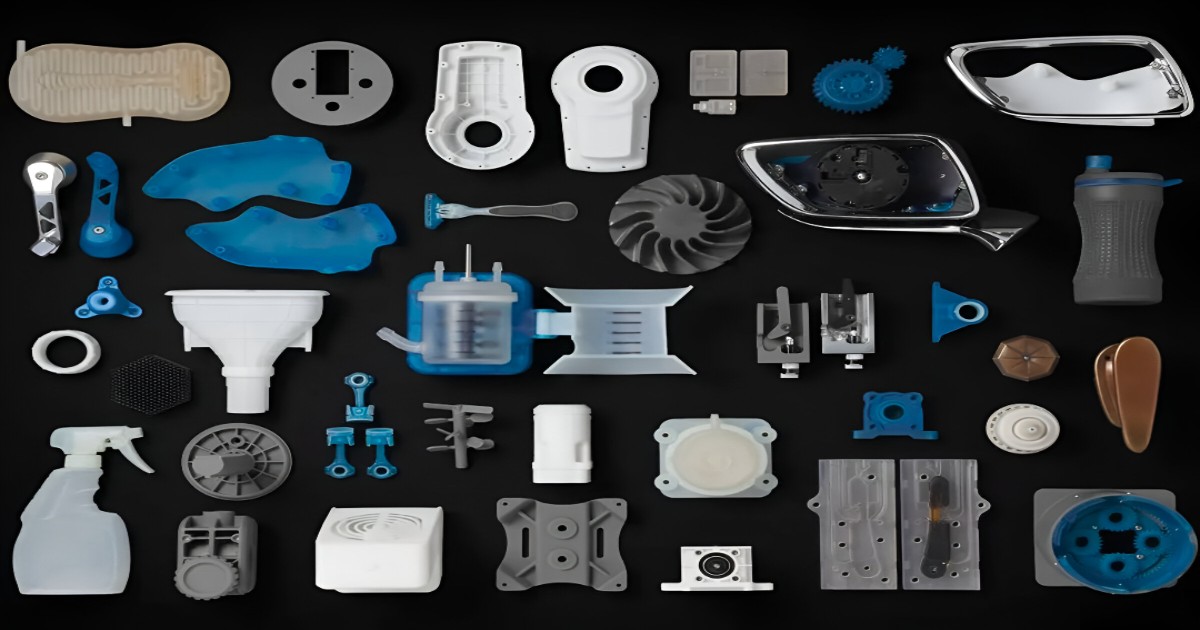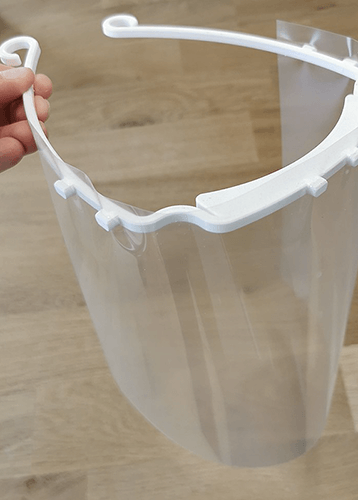With the situation we face today of COVID-19, the time for the development of the new product is scarce, as the product has to be tested and launched quickly in the market to counter the health situation today. The traditional method of manufacturing and testing the iterations seems to be against what is required today, as those methods are costlier, time-consuming, and difficult due to lockdown situations, which make it difficult for manufacturing molds, products, etc. The traditional method of manufacturing, like molding, requires molds to be produced for the different iterations to be tested, which is costlier and may take several days for the product to be manufactured and tested to check on product features and make changes for desirable results, and this long cycle goes on. The lockdown situation makes this process even worse with the unavailability of workers and stringent time factor we are fighting against.

An effective prototype is one that can give product developers an accurate idea of how the final product will perform. Whether that is reviewing the texture and color or putting the part up to rigorous testing, engineers need a prototype that is up to the task. When it comes to product development, time is of the essence, especially if you had to put design iterations on hold during the lockdown. rapid prototyping is a blessing in disguise to counter the situation. Rapid prototyping is a group of techniques used to quickly fabricate a scale model of a physical part or assembly using 3D CAD data. Construction of the part or assembly is usually done using 3D printing or additive layer manufacturing technique. Your product development timeframe need not be affected by rapid prototyping at your service. Improving parts with 3D printing is quick, simple, and cheaper with many iterations that can be produced and tested as compared to traditional methods. In a few hours or a day, the original design can be updated on 3D CAD tools, and the file can be shared with the manufacturer digitally, and the prototype would be in your hands within a few hours or days, as per the complexity and size of the design. The manufacturing errors can easily be eliminated with rapid prototyping as compared to traditional methods of production. The models can easily be scaled as per the need, with limitations arriving only at the maximum size of product a given model of machine can produce. Cutting down on costs is a necessity for industries battling these tough times, but this, in essence, does not mean killing innovations necessary for progress.

Rapid prototyping enables innovation with its freedom of design for engineers to manufacture parts with intrinsic and small detailed designs and geometries with interlocking features, which is not possible to manufacture with traditional methods. This helps in creating product assemblies with many components into a single-component product, which in turn saves cost. Additive manufacturing offers huge varied combinations of technologies, from laser sintering to fused deposition modelling, and materials, from metals to plastics such as aluminium, nylon, and carbon fiber, that engineers can choose from to optimize their designs. It provides a variety of textures and colors to choose from. The input files can easily be changed to fulfill the design requirements.
© 2025 RA Global Tech Solutions
Site design and developed by Rajkar Global